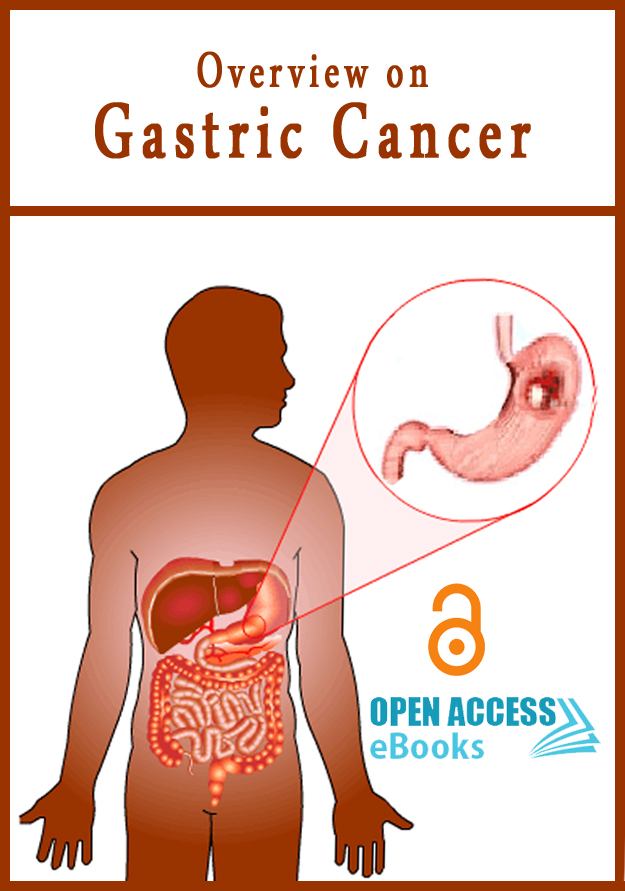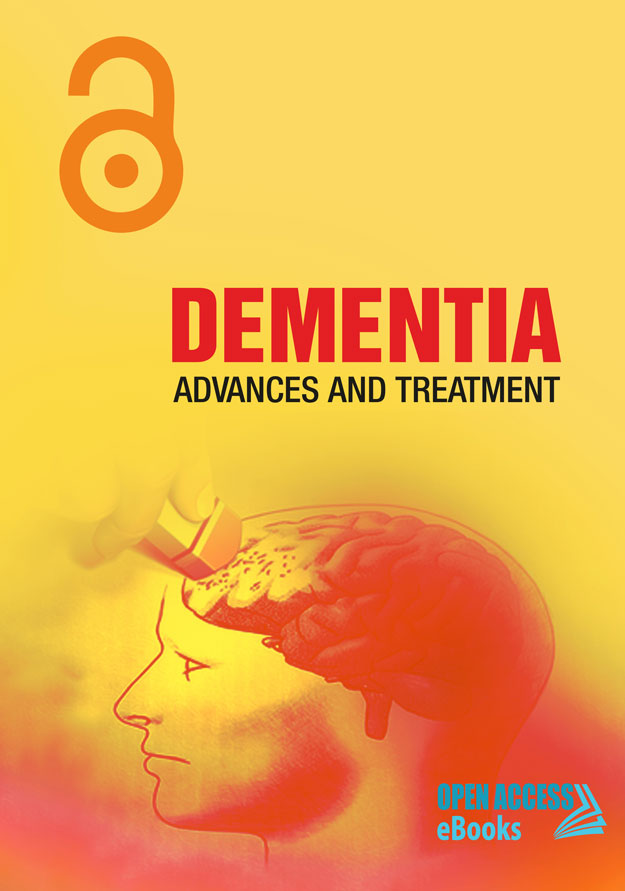
Volume 2
ISBN: 978-93-87500-21-1
Editors:
1. Emel Canbay
2. Bruno Zilberstein
3. Paolo Sossai
4. Kartikumar Jinjuvadia
5. Ishita Chatterjee
Gastric Cancer, also called as stomach Cancer is a cancer developing in the lining of the stomach. It is very difficult to identify in the early stages. In later stages, it spreads to lungs, liver and other parts of the body. Gastric Cancer can be treated with chemotherapy, surgery, targeted therapy and radiation therapy. Researchers working in these areas are requested to contribute your work as a book chapter for the publication in volume 2 of an eBook entitled OVERVIEW ON GASTRIC CANCER.
All received book chapters undergo review process and are published on our website in PDF and HTML formats.
Each volume contains around 5 or 6 book chapters providing information on latest advances in gastric cancer.
Benefits of publishing with us:
Universal Access: eBooks published in Open Access eBooks gain international visibility. No region barriers and content is accessed by everyone across the world from our website. We also deposit published eBooks in different databases.
Freely Available: Open Access eBooks follows the principles of Open Access and the content is available to the readers without any cost. Readers can read, share, and store the published ebooks/book chapters.
Copyright with Authors: As an eBook publisher, we serve researchers in publishing their valuable work after the stringent review process. However, copyright lies with authors. We follow the CC-BY-NC-ND license (https://creativecommons.org/licenses/by-nc-nd/3.0/).
Different Formats: We provide eBooks in PDF and HTML formats. Both formats are user friendly and can act as per the user requirements. We put our efforts to provide other formats in future.
For more information, contact info@openaccessebooks.com
Published Chapters:
Targeted Therapy and Immunotherapy
Author(s): Daniel da Motta Girardi
Gastric cancer (GC) is the fifth most frequently diagnosed cancer and the third most common cause of cancer-related death globally. The prognosis of GC is poor, especially for patients with metastatic disease, for whom the 5-year overall survival (OS) rate is approximately 5%. For these patients, systemic therapy is the mainstay of treatment, and the goals of this therapy include palliation of symptoms and prolongation of survival.
Surgery of Localized Gastric Cancer
Author(s): Rosa Marti Fernandez*; Leticia Perez Santiago; Roberto Marti Obiol; Fernando Lopez Mozos
Gastric carcinoma is one of the most common cancers and one of the most frequent causes of cancer death worldwide. The first step for a correct treatment in gastric cancer is to stage correctly the tumor, based on the TNM classification, in accordance with the classification of the American Joint Committee on Cancer (AJCC) staging system. The correct staging allows us to identify early or initial gastric tumors and choose the adequate treatment for each patient. This factor is one of the most important elements in the improvement of the results in the treatment of gastric cancer.
Surgical Management of Liver Metastases from Gastric Cancer
Author(s): Fabio Uggeri; Enrico Pinotti; Simone Famularo; Mattia Garancini; Alessandro Giani; Luca Gianotti; Fabrizio Romano*
Gastric cancer is the fourth most common cancer worldwide and account for 1.5% of all new diagnoses and 5.2% of all cancer deaths. More than 139.000 new cases in Europe and more than 951.000 new cases worldwide were diagnosed in 2012. Gastric cancer is often diagnosed at an advanced stage due to the lack of symptoms at an early stage and lack of a screening schedule throughout most of the world. At the time of diagnosis 35% of patients present with evidence of distant metastases and 4-14% have metastatic disease to the liver. Furthermore in patients who present with local disease and undergo curative resection, the development of metastases is common, with hepatic metastases the commonest site of recurrence, occurring in over one third of patients.
Recent Research and Review Works in the Field of Gastric Cancer
Author(s): Kai-Guang Zhang; Jun-Xia Tang; Jing Cui; Quan-Lin Guan*
Gastric cancer is one of the leading causes of cancer-related death worldwide. Many patients have inoperable disease at diagnosis or have recurrent disease after resection with curative intent. Gastric cancer is separated anatomically into true gastric adenocarcinomas and gastro-oesophageal-junction adenocarcinomas, and histologically into diff use and intestinal types. Gastric cancer should be treated by teams of experts from diff erent disciplines. Surgery is the only curative treatment. For locally advanced disease, adjuvant or neoadjuvant therapy is usually implemented in combination with surgery. In metastatic disease, outcomes are poor, with median survival being around 1 year. Targeted therapies, such as trastuzumab, an antibody against HER2 (also known as ERBB2), and the VEGFR-2 antibody ramucirumab, have been introduced. In this review, we mainly resent an update of the treatment of gastric cancer.
Postoperative Radiotherapy: Delineation of Target Volumes and Organs at Risk
Author(s): H Ben Salah*; J Daoud
It is imperative to review surgical and pathology reports and discuss with the surgeon, Prior to radiotherapy planning,to identify the areas considered to be the highest risk for recurrence. The type of operation needs to be noted. Radiotherapy planning CT scans should be done with a patient in the supine position with arms over head, from top of diaphragm (for stomach) or carina (for tumor of oesogastric junction or cardia) to the bottom of L4. Preoperative CT scans should be used to aid identification of preoperative tumor volume and nodal groups to be treated. Clinical target volume for adjuvant radiation therapy for gastric cancer depends on the location of the primary disease as well as the status of lymph node metastasis.
Tumor-Associated Neutrophils (TANs) in Gastric Carcinomas: Clinicopathological and Prognostic Implications
Author(s): Caruso RA*; Rigoli L
Gastric cancer, the fifth most common cancer worldwide, and the third leading cause of cancer-specific mortality, has very poor prognosis, with a 5-year survival less than 30% [1-2]. The TNM staging remains the cornerstone in clinical oncology to stratify prognosis and establish therapy for patients with neoplasm [3]. Gastric carcinoma is a heterogeneous neoplasm with respect to anatomic location, epidemiology, genetics, histopathology, and biologic behavior, and, consequently, it has been subjected to many different classifications. With respect to anatomic location, gastric carcinomas may be distinguished as proximal (also known as cardia) and distal (also known as noncardia). This classification correlates with distinct epidemiological risk factors.


